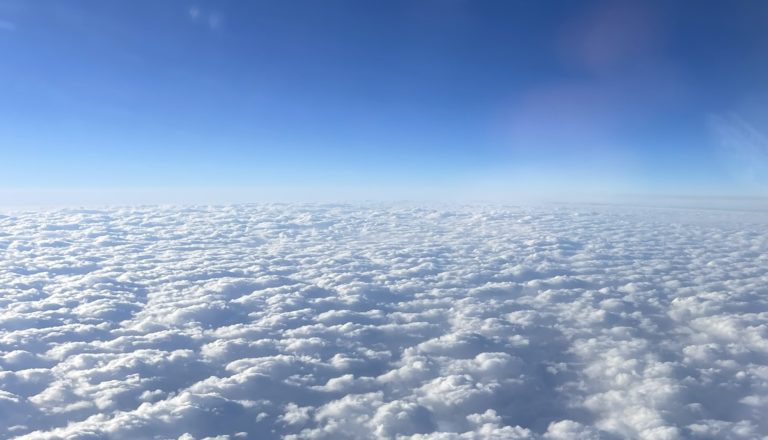Surface-Wave Magnitude
“Surface-Wave Magnitude” is the magnitude of an earthquake that scientists estimate using measurements of the amplitude of surface waves.
“Surface-Wave Magnitude” is the magnitude of an earthquake that scientists estimate using measurements of the amplitude of surface waves.

Hydrogen Sulfide Soil Gas (In Natural Gas) Hydrogen Sulfide: Hydrogen sulfide (H2S) soil gas geologically occurs upon the thermal and microbial decomposition of subsurface organic material deposits. It is typically identifiable in biogenic and petrogenic natural gas sources, along with higher concentrations of methane soil gas. Additionally, nitrogen, oxygen, hydrogen, ethane, and isobutane exist within…

Biogenic Gas Biogenic Gas: In geology, biogenic gas refers to natural gas that is the byproduct of the microbial decomposition of biological and organic matter. For instance, methane soil gas on Earth is typically a biogenic gas resulting from the decomposition of organic soil zones, landfills, marshes, and swamplands. Alternatively, natural gas can be petrogenic…

Retaining Wall Retaining Wall: A structure that provides the support needed to hold (in place) a mass of earth, preventing it from moving downhill. Retaining walls are relatively rigid structures comprising footings and a drainage system, in order to retain the soils between two different elevations. Updated May 25, 2020. Construction & Design A lot…

Stratosphere Stratosphere: The stratosphere of a terrestrial planet is the second-lowest member of the atmosphere. On Earth, the stratosphere starts atop the troposphere at approximately 10 kilometers above mean sea level, and terminates roughly 50 kilometers above mean sea level. In fact, geologists understand that the Earth’s ozone layer exists within the stratosphere, which absorbs…

Dry Density (ρd) “Dry Density” (ρd) is a value that represents the density of soil when it is completely dry. To illustrate, it equates to (“bulk density” / 1) + “water content.” This is a common geotechnical engineering laboratory procedure. Dry Density Formula Dry Density = [(Bulk Density ÷ 1) + (Water Content)]

Seiche Definition The term “Seiche” in geology refers to a wave-oscillation, that comes from any surface body of water, that is initiated by an earthquake or changes in atmospheric pressure. For instance, the rippling waters of a lake or at the bay of an ocean.